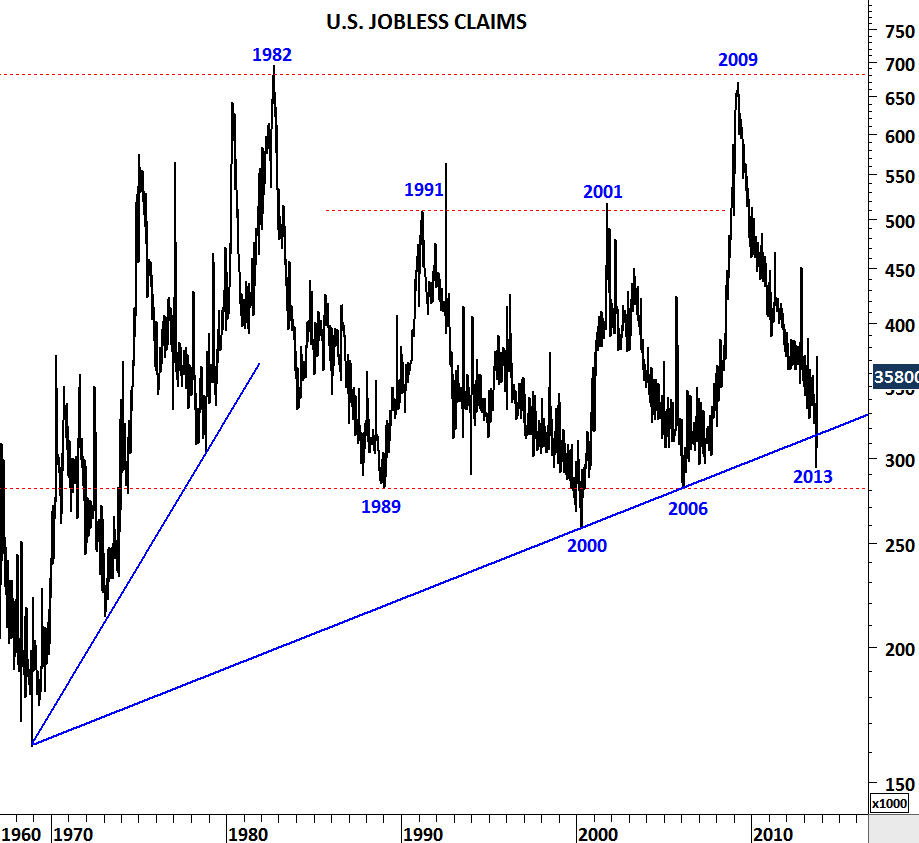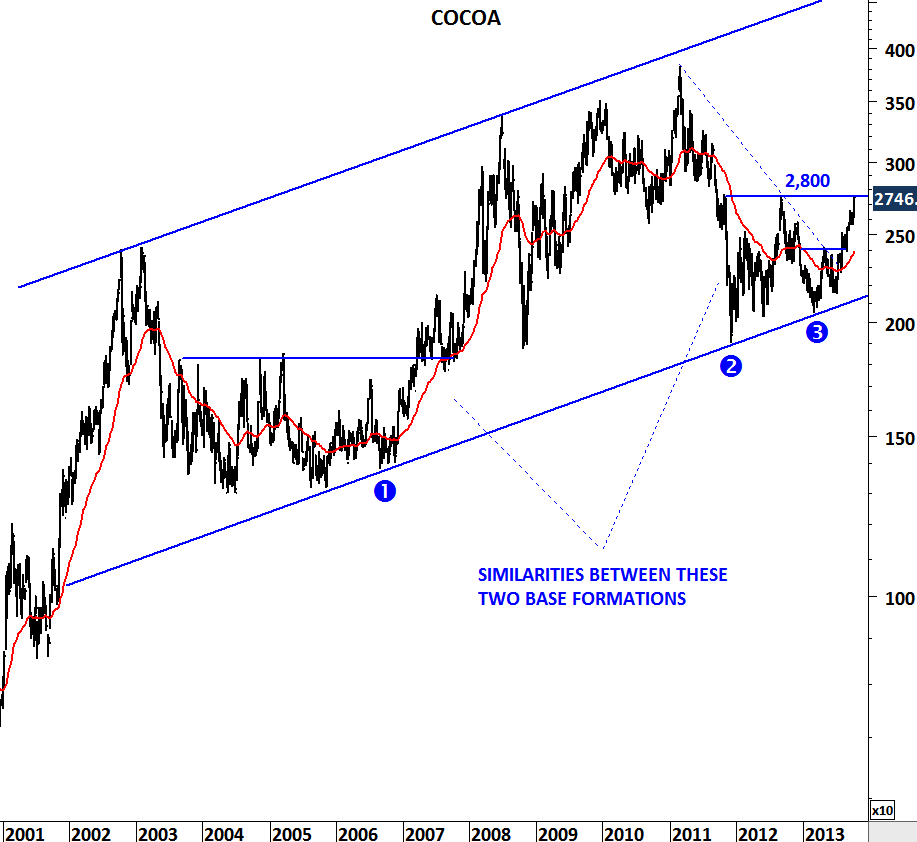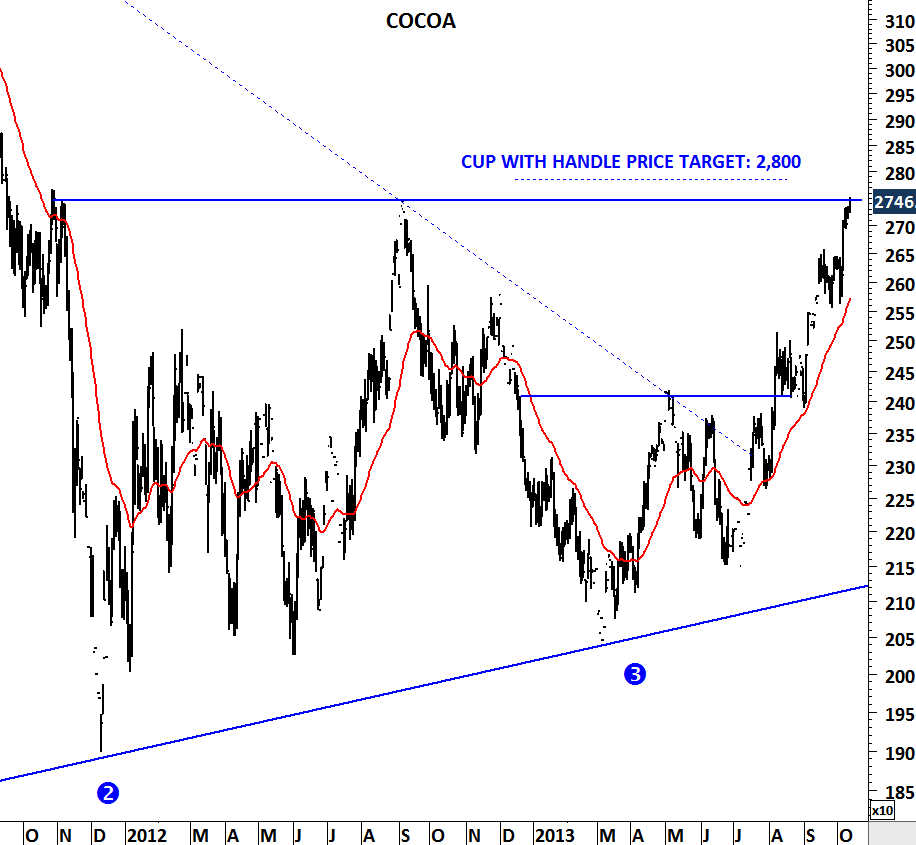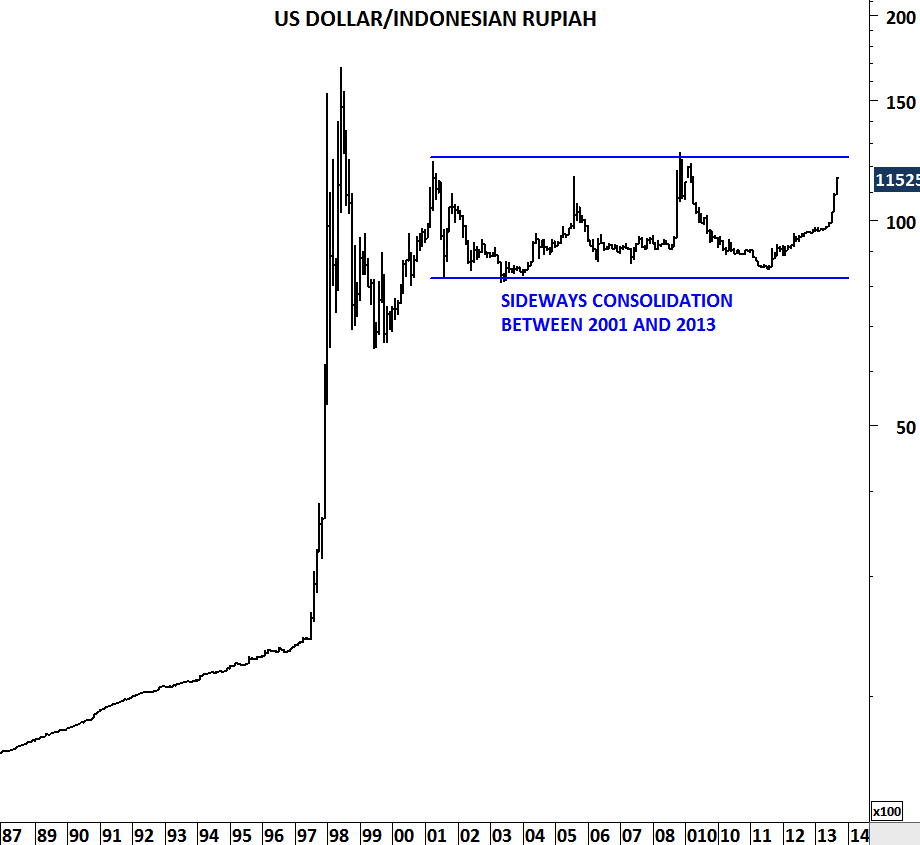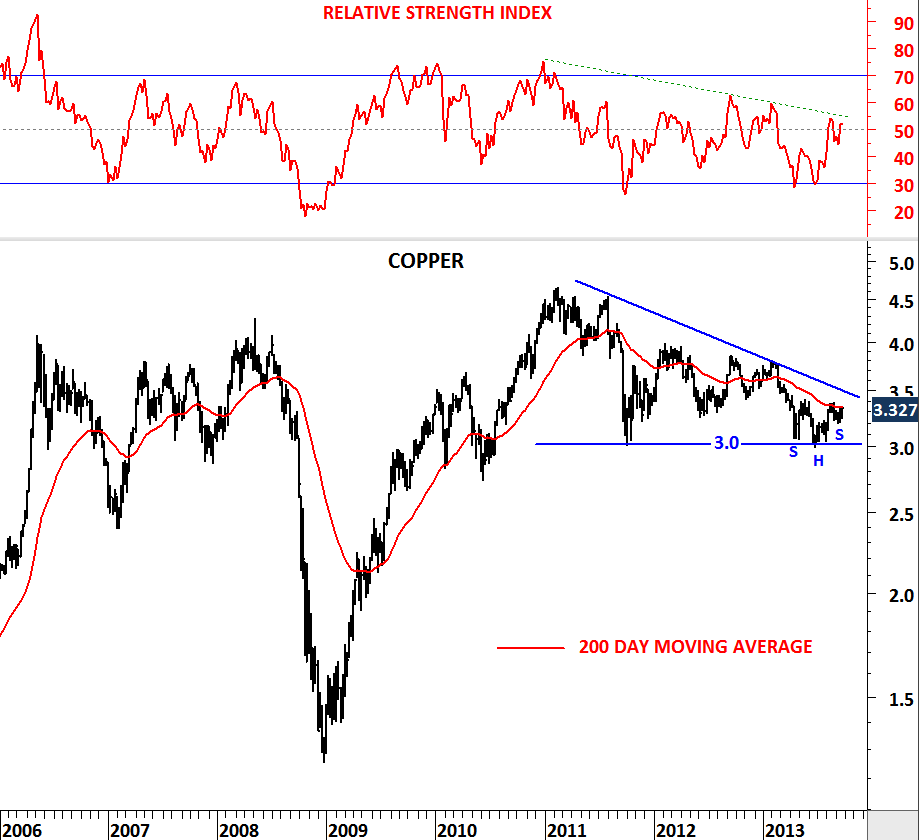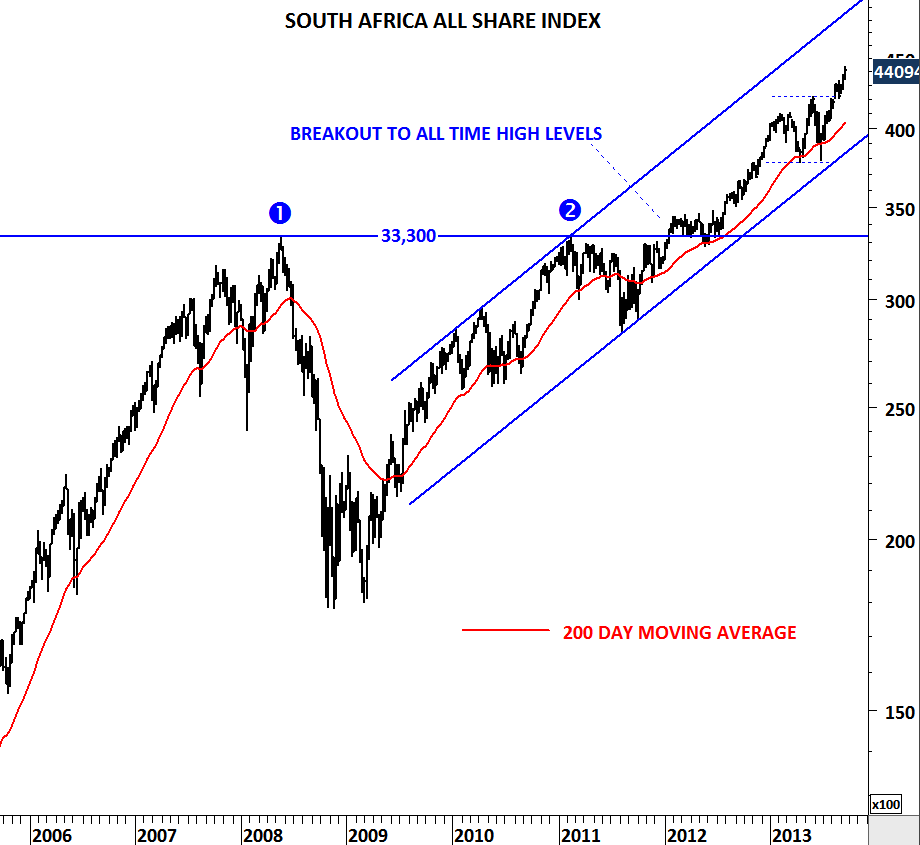COPPER
Copper prices might be forming a medium-term base at these levels. Confirmation of the base formation will be a decisive breakout above 3.4 levels. Chart pattern suggests an inverted head and shoulder might be close to completion once price clears 3.4 levels. MACD is trying to reverse from 0 levels (bullish) and price is challenging the 200 day moving average. On the weekly scale 3.0 levels acted as strong support after price tested it for three times over the past two years. Until we see a decisive breakout above 3.4 levels technical outlook should remain neutral. Above 3.4 levels price will target 3.7 levels and the technical outlook will turn to positive.
Weekly price chart of COPPER
Daily price chart of COPPER



